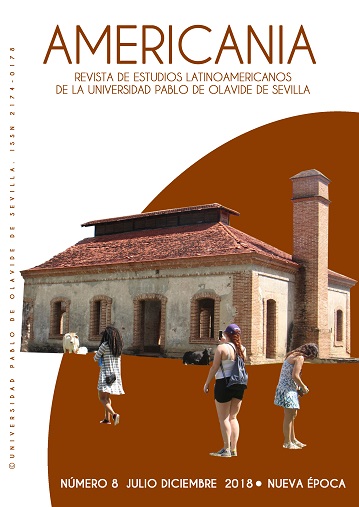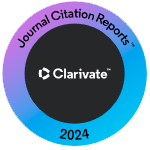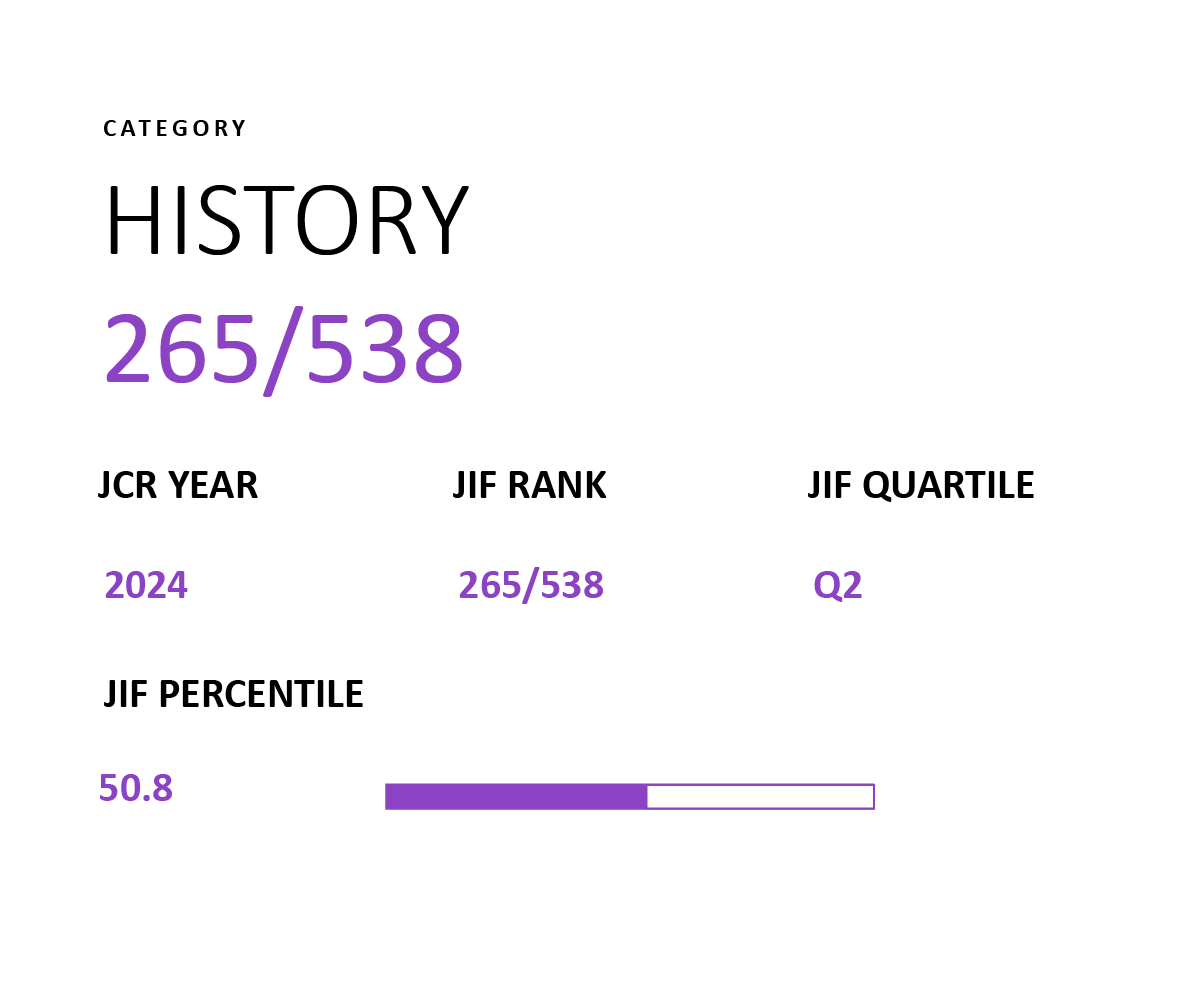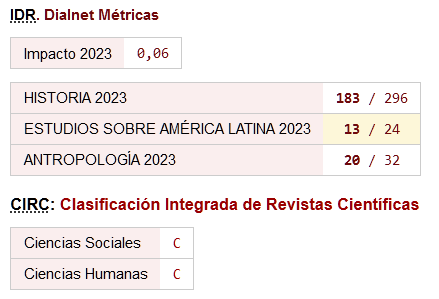Primacías de Santo Domingo. Ruinas históricas, patrimonio cultural y sus significados entre los dominicanos de hoy
Keywords:
Ruinas, Imperio, Historia, Santo Domingo, Conservación y Patrimonio culturalAbstract
Este artículo investiga cómo los dominicanos hoy se relacionan a las ruinas históricas de tres ingenios de azúcar en Santo Domingo, que fueron establecidos por el imperio español en el siglo XVI. En 1972, la UNESCO define las ruinas como patrimonio de la humanidad. Desde entonces el gobierno ha mantenido una política de conservación de monumentos que celebra la primacía de la colonización española en el país como el patrimonio cultural más importante de la nación dominica e ignora las necesidades culturales de los dominicanos.
This article investigates how Dominicans today relate to the historical ruins of three 16th-century sugar mills in Santo Domingo. Built by the Spanish Empire, the UNESCO declared these ruins patrimony of humanity in 1972. Since then, the Dominican government has maintained a conservation policy that celebrates the primacy of Spanish colonization as the most important cultural patrimony of the Dominican nation and ignores the cultural needs of the majority of the population.
Downloads
Downloads
Additional Files
- Cardera frente a casa privada cerca del Ingenio Boca de Nigua (Español (España))
- Bodas en Ingenio Engombe (Español (España))
- Ingenio Boca de Nigua (Español (España))
- Ingenio Boca de Nigua (Español (España))
- Palacio del Ingenio Engombe (Español (España))
- Cardera en Ingenio Diego Caballero (Español (España))
- Letrero del Ingenio Diego Caballero (Español (España))
- Carta de presentación (Español (España))
- Iglesia del Ingenio Engombe (Español (España))
Published
How to Cite
Issue
Section
License
Unless otherwise indicated, all contents of the electronic edition are distributed under a "Creative Commons Attribution-NonCommercial-ShareAlike 4.0" (CC-BY-NC-SA) licence. (CC-BY-NC-SA). You can consult the informative version and the legal text of the licence here. This must be expressly stated in this way when necessary.
In any case, the authors retain all rights to the published texts.










